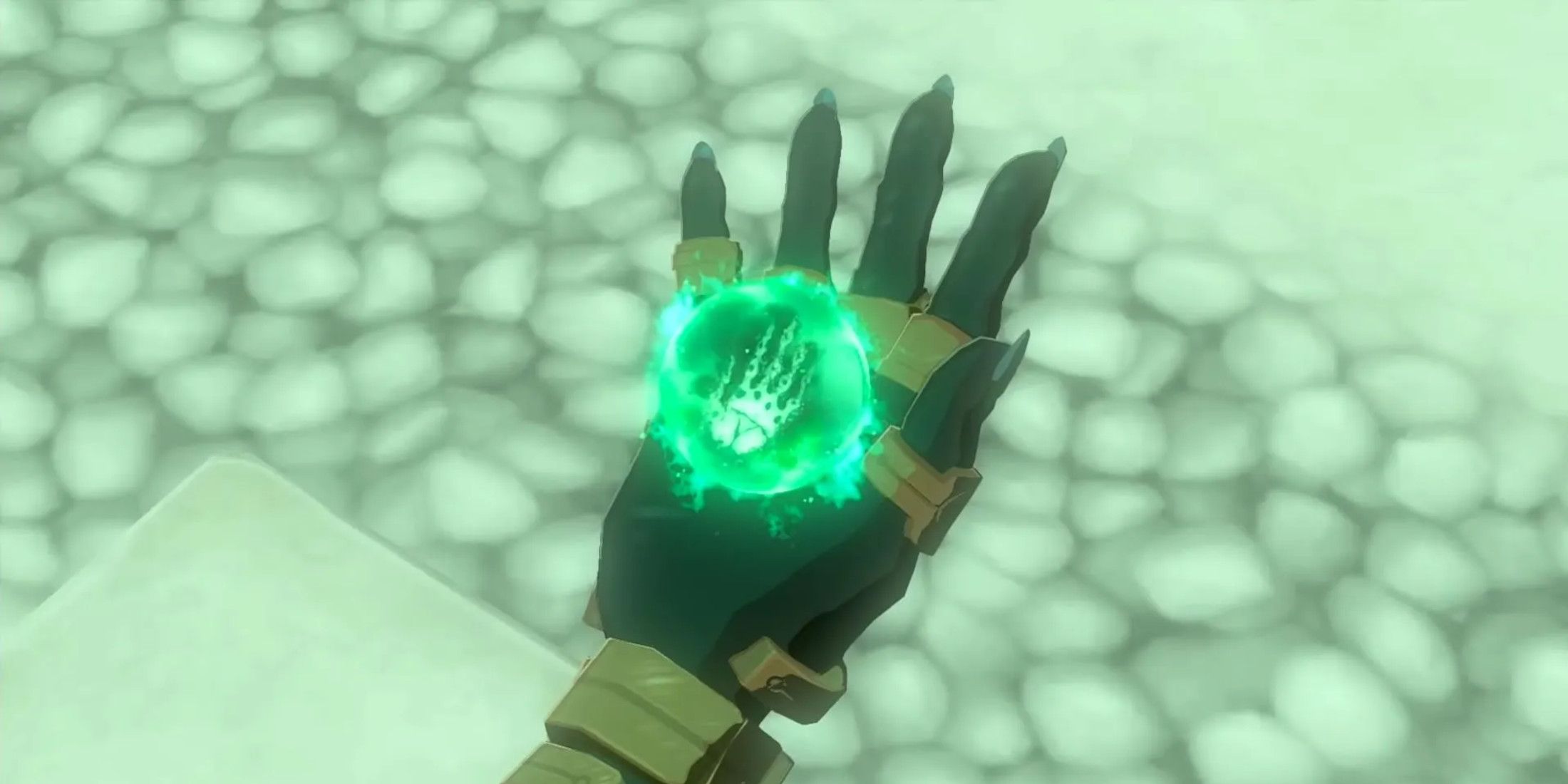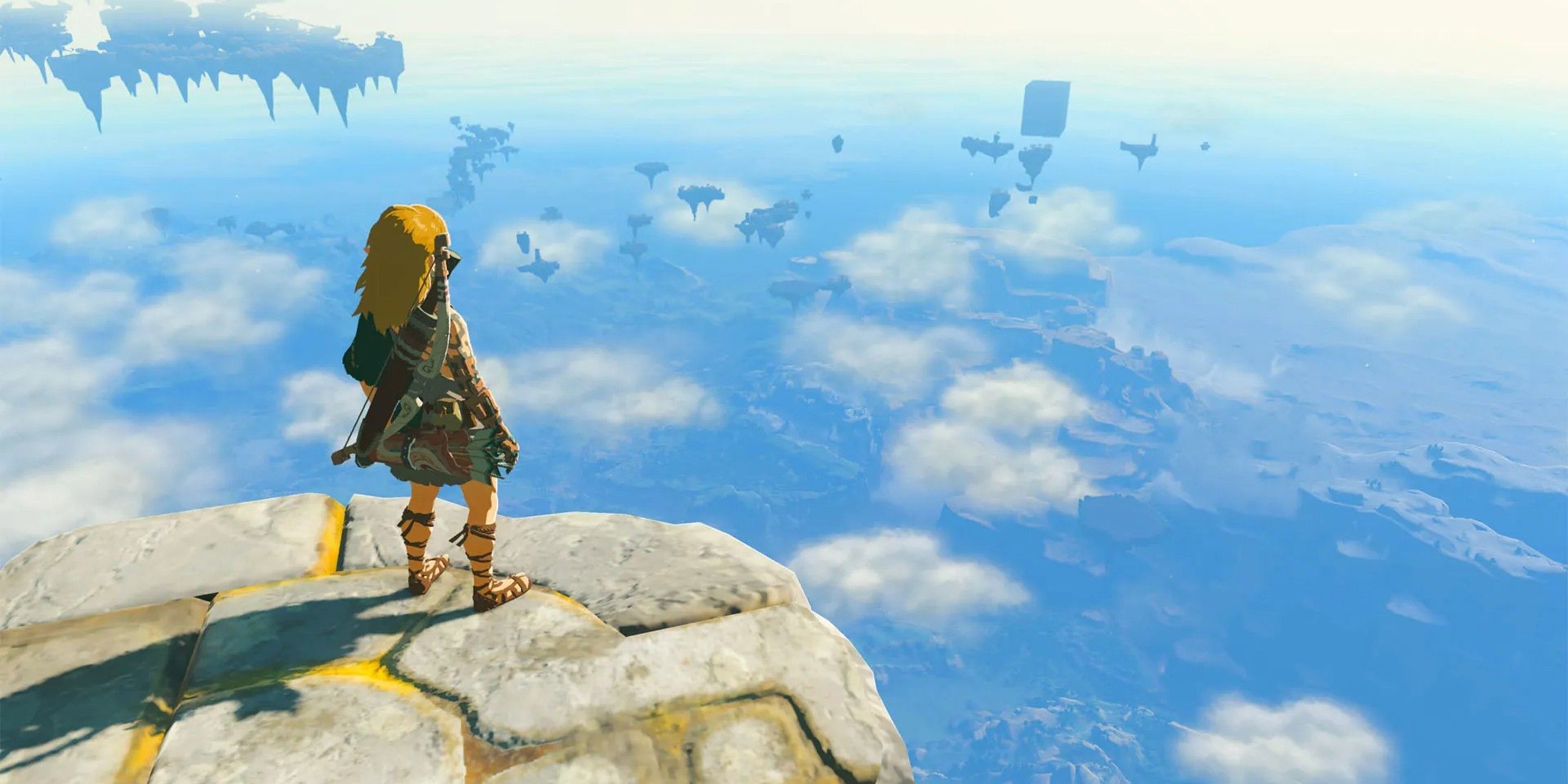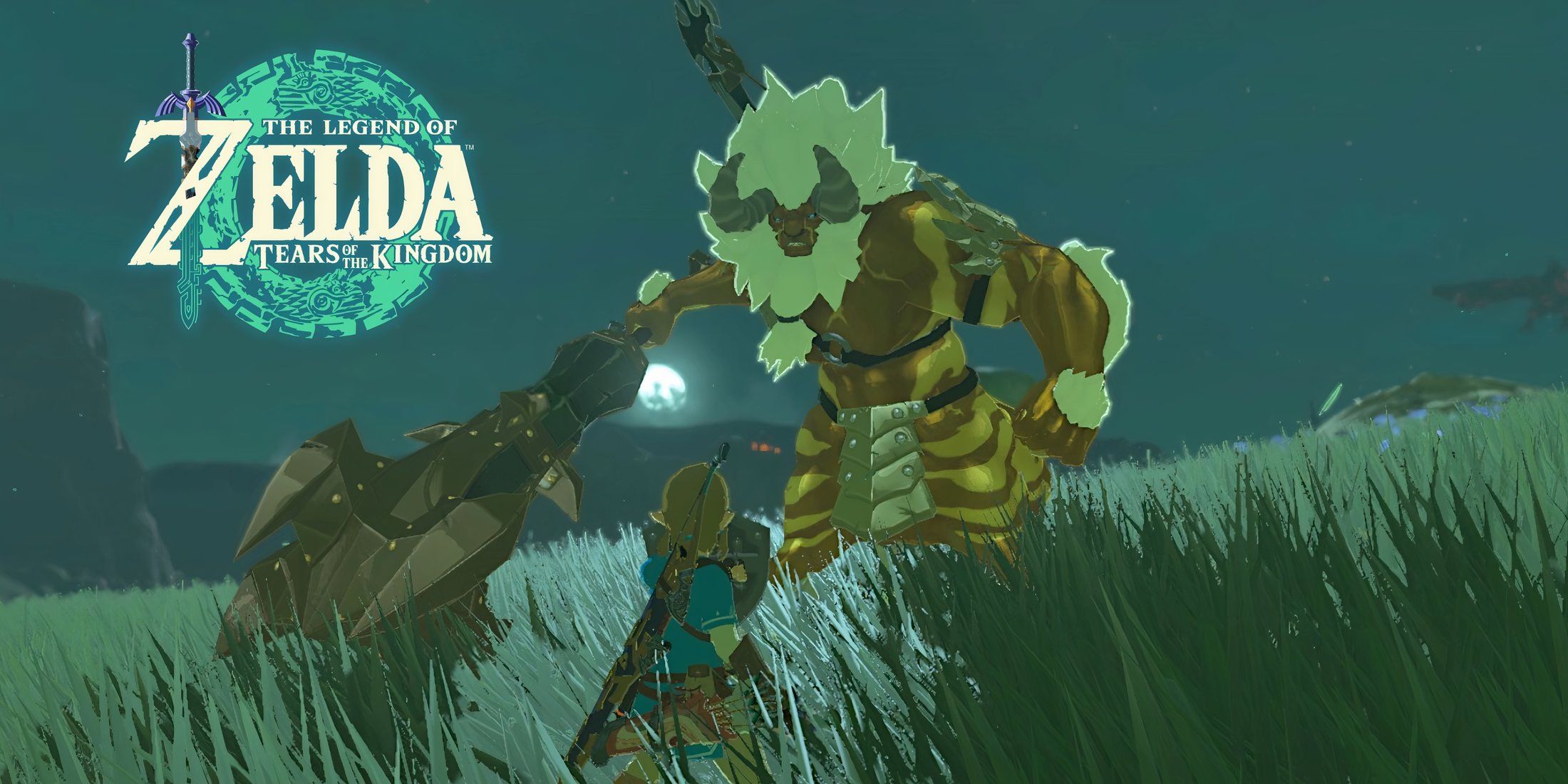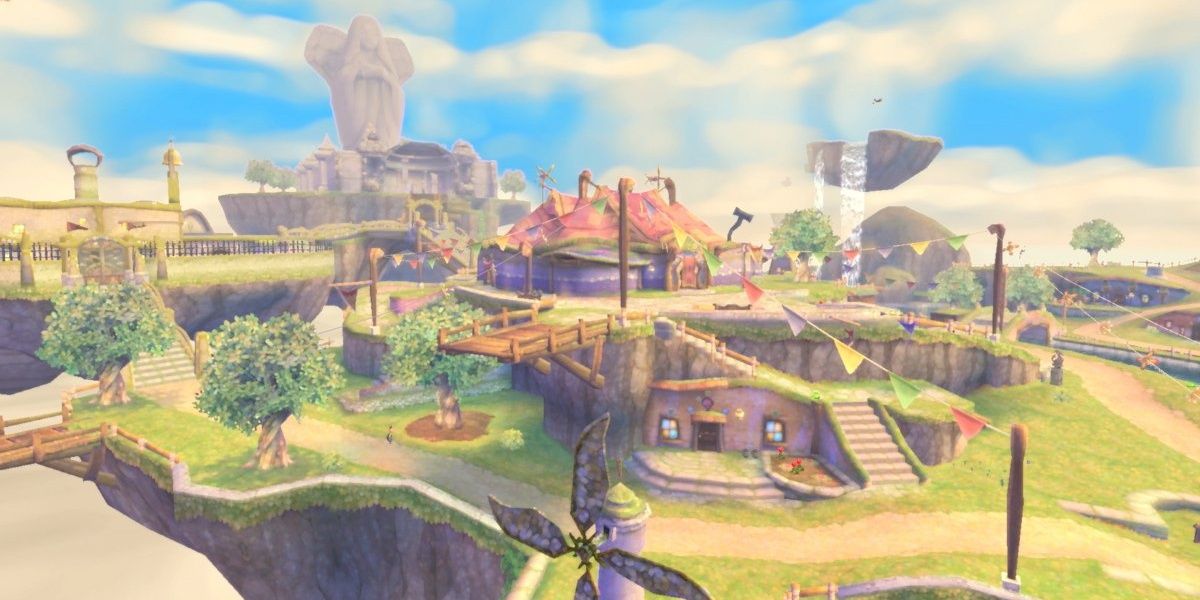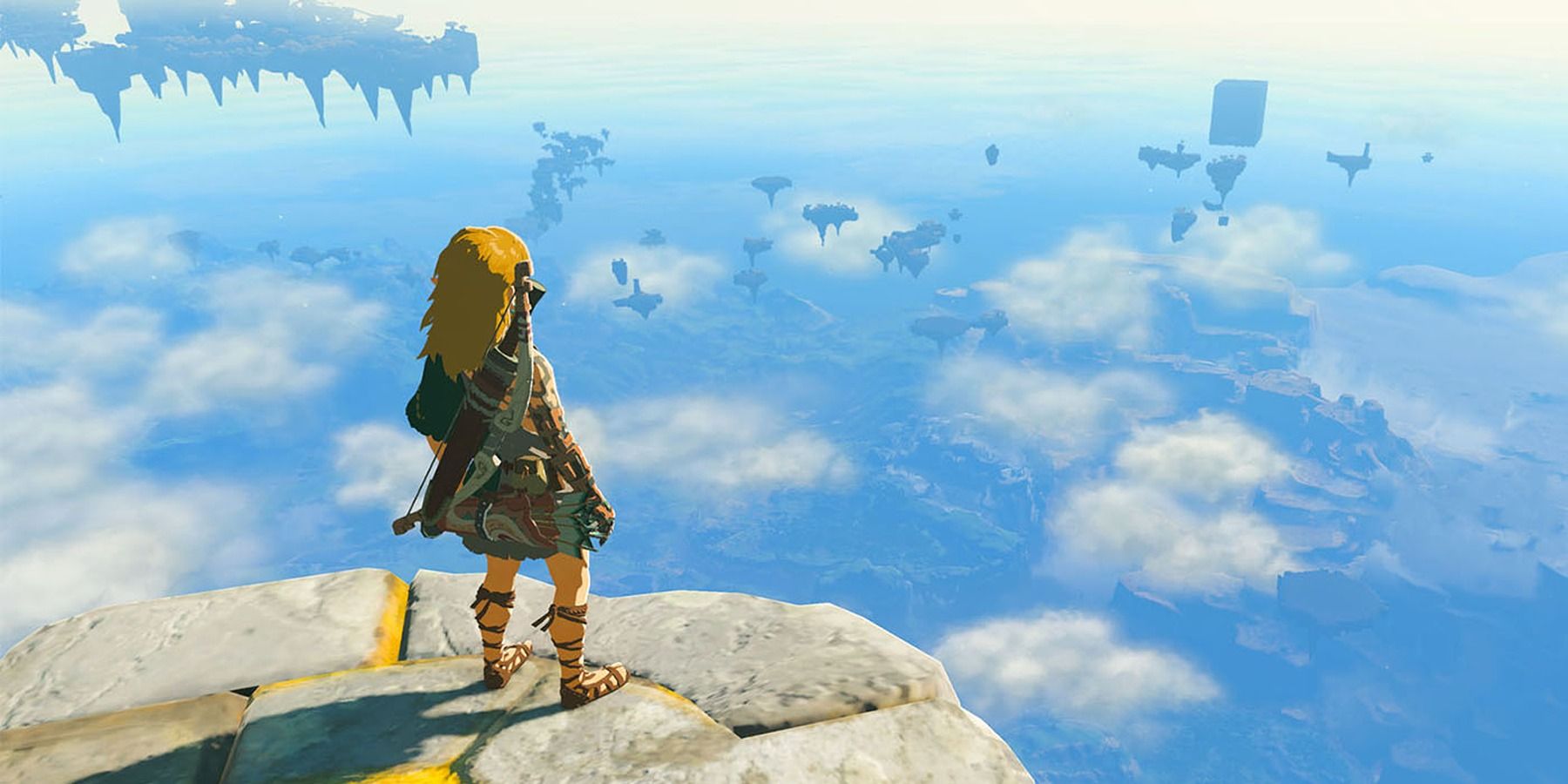Highlights
- Tears of the Kingdom built upon the risk-taking approach of Breath of the Wild, offering player-generated fun and showcasing the series' exceptional track record.
- The on-rails nature of Skyward Sword, which was seen as a drawback in the past, now feels like a strength in comparison to Tears of the Kingdom's overwhelming open-world.
- Skyward Sword's setting in the sky had its strengths and weaknesses, with Skyloft being well-realized but other islands feeling empty. Tears of the Kingdom's success with floating habitats could inspire future tales in Skyloft and beyond.
The Legend of Zelda series took a huge risk with its different approach in 2017's Breath of the Wild, and in Tears of the Kingdom, it was built upon to further facilitate player-generated fun. The Nintendo-owned IP was already beloved by fans, with several entries receiving critical acclaim and, in some cases, defining the system they were on. From Link's Awakening on Game Boy to The Wind Waker on the GameCube, the series has an exceptional track record.
One of the few lukewarm additions was 2011's Skyward Sword, being held back by its clunky controls and linearity. However, in the wake of something expansive and epic as Tears of the Kingdom, the game's more on-rails nature feels like a strength, and a sequel could take inspiration from the newest game and offer some much-needed variety.
Tears of the Kingdom's Sky Islands Succeed Where Skyward Sword Failed
Skyward Sword's greatest strength is its story and character development, but its most significant departure from the rest of the series was its setting. Taking Link, Zelda, and co to the skies was a completely new idea which granted a few benefits, and a few more drawbacks. The new setting was closely connected to Hyrule (as Link spends most of his time on the surface), making it feel like a natural progression for the franchise, while also feeling new unto itself. There was something daunting about returning to the land below for the first time, as the society above was painted as a heavenly, passive place, and the rest of Hyrule was shrouded in obscurity.
However, though Skyloft was immediately likable and remains one of the most well-realized places in the whole series, the rest of the sky felt empty, and the other islands were bland. Pumpkin Landing was interesting enough as the NPCs that could be found there kept to the franchise tradition of well-crafted side personalities, but others in the sky largely missed the mark. Tears of the Kingdom showed that there is potential in floating habitats, and though it and the 2011 Wii game are fundamentally different in core design, the success of the 2023 project could surely give inspiration for more tales in Skyloft and, hopefully, beyond.
Tears of the Kingdom's Open-World Can Be Overwhelming
The Legend of Zelda stuck somewhat closely to a specific formula since A Link to the Past made major improvements to the pair of NES releases. The dungeon architecture, level design, and storytelling norms of the franchise have been tweaked and improved, but until 2017 never uprooted in favor of something truly different. Breath of the Wild took that chance, and Tears of the Kingdom expanded on the idea by adding more layers to the map. The sky islands were interesting, but the addition of both those and The Depths meant the space could get overwhelming quickly, which had the potential to isolate gamers as much as entice them.
A sequel to Skyward Sword could use the idea of sky islands while also being free of the overwhelming feeling of too much choice that Tears of the Kingdom brings. The two Switch offerings created a division in the series and plenty of fans will have a preference, be it the open-ended feeling of later offerings or the franchise's more procedural roots. Skyward Sword has shown it can be fun without the motion controls thanks to the HD remaster. A follow-up could right the wrongs of the past as well as take advantage of the things Tears of the Kingdom did to advance the series, showing that Zelda can adapt to suit any preference.
The Legend of Zelda: Tears of the Kingdom is available now on Nintendo Switch.

